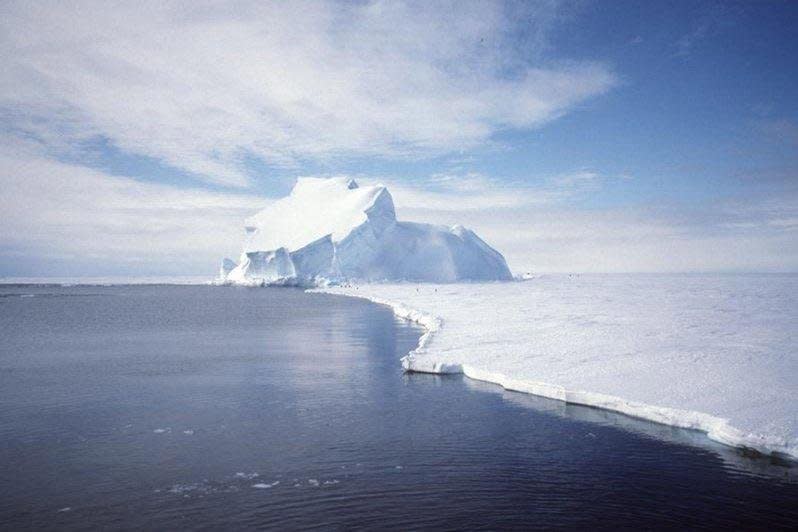World's largest iceberg drifting freely, headed for South Atlantic Ocean

Nov. 24 (UPI) -- A gargantuan Antarctic iceberg five times the size of New York City and as thick as the Empire State Building is drifting away from the continental ice shelf toward the South Atlantic Ocean.
Designated A23a, the iceberg remained in situ grounded on the floor of the Weddell Sea since shortly after splitting off from the Filchner Ice Shelf in 1986, until earlier this year when it began slowly shifting northward.
It is believed A23a finally was able to break free from the seabed after decades of shrinkage.
Driven by wind and ocean currents, its passage recently has picked up pace, and satellite imagery now shows it is about to pass the northern tip of the Antarctic Peninsula.
Posting a map of the iceberg's movements over the past seven months on X, British Antarctic Survey mapping specialist Laura Gerrish said it was the world's largest iceberg.

"This giant berg calved in 1986 and has been grounded in the Weddell Sea since 1991. It started moving again last year, and now that A68 [another giant Antarctic iceberg] has broken up, it reclaims its title as the world's biggest iceberg right now at 1,544 square miles."
In 2020, there were concerns that A68 might run aground on South Georgia and kill marine life on the sea floor and subsequently affect the food supply for penguins and seabirds. Those fears were averted, though, when the monster berg broke apart, which experts said was the likely fate of A23a.
Russia, which had built a research station on the Filchner Ice Shelf, was forced to mount a rescue mission in 1987 after the base found itself adrift on A23a after it broke off from the main shelf.
The base was quickly replaced with a new facility on nearby Cape Norvegia, partly using equipment and prefabricated structures salvaged from the old base.

